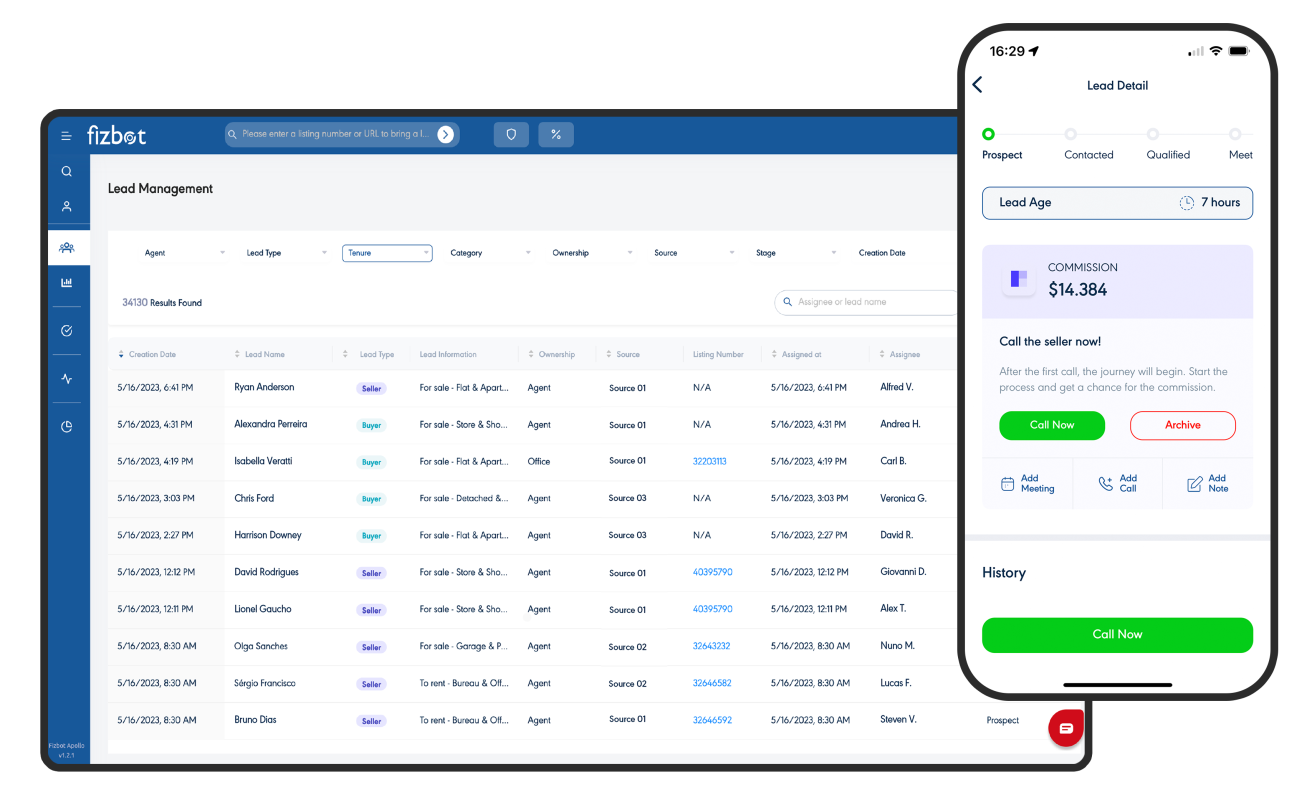The shared house concept, which has been preferred for a long time in countries such as Japan and the USA, has also started to attract attention in Portugal in recent years. Intensive visits to the centres of attraction for purposes such as education, business and tourism require the application of innovative ideas to solve the housing problem in these cities. The shared house system, which is extremely popular among the younger generation, transforms the classical house culture, which is lived with the family or individually, and transforms it into a shared living space.
What is a Shared House?
Subscribe to Fizbot Newsletter
Sign up for our newsletter to read more content from Fizbot, leading the industry by using the power of data!
Shared housing first emerged in crowded cities such as Tokyo and New York, where the population worked long hours and often used the house only for sleeping. The shared house model, which is known as “co-living” or “shared house” in English, has been used extensively in cities such as Istanbul and Izmir in recent years.
The shared house basically allows the residents to be included in a shared life where common areas are used rather than an individual house culture. While sections such as the living room, kitchen and bathroom are open to common use, the rooms of the house are shared among the tenants; Thus, housing costs can be greatly reduced. In addition, after long working and training hours, shared house users have a natural socializing environment.
The shared house system, which allows individuals to live in cooperation by sharing common living spaces, is becoming more and more widespread around the world. This system, which is mostly preferred by the younger generation, offers advantages to both houseowners and users. For this reason, the shared house system, which attracts great attention, should be learned by real estate consultants and presented to customers by using it together with appropriate real estate programs. Fizbot, which allows you to access historical record information for up to 3 years with the rich database it uses, enables you to analyze the user scale in your region as a digital real estate consultant. In this way, it allows you to use the shared house business model effectively and grow your business by considering customer needs in the best way.
Advantages of Shared House
Shared houses are generally preferred by university students, newcomers to business life, foreigners and those who need short-term accommodation. Shared houses, which are divided into women, men and mixed, have come to the fore in recent years with their advantages such as:
- There is no need to buy a house or make a long-term contract.
- Shared houses are furnished so there is no need to buy or move items.
- There are no additional costs or risks.
- No additional costs are paid for services such as electricity, water, or natural gas. Such services are included in the rent.
- Housemates come ready, and the tiring process of finding a roommate is eliminated.
- These types of houses are usually located in the city centre, so they have a location advantage.
- It offers the opportunity to have a quality social environment, and since this type of housing is frequently used for business trips, it provides the advantage of meeting people from their own field.
Thanks to this system, high rental prices in dense cities are divided among users and the rate of individual living is reduced. Thus, problems such as unplanned urbanization and unplanned construction are prevented.
You can also use Fizbot real estate software tools to closely monitor shared house projects in popular cities and present them to your customers. You can specialize in customer management thanks to Fizbot real estate agent software, which presents a regional analysis in detailed reports.
If you want to follow the innovations in the real estate sector closely thanks to the Fizbot real estate CRM platform, you can reach our experts here!

 Português
Português Română
Română Türkçe
Türkçe
